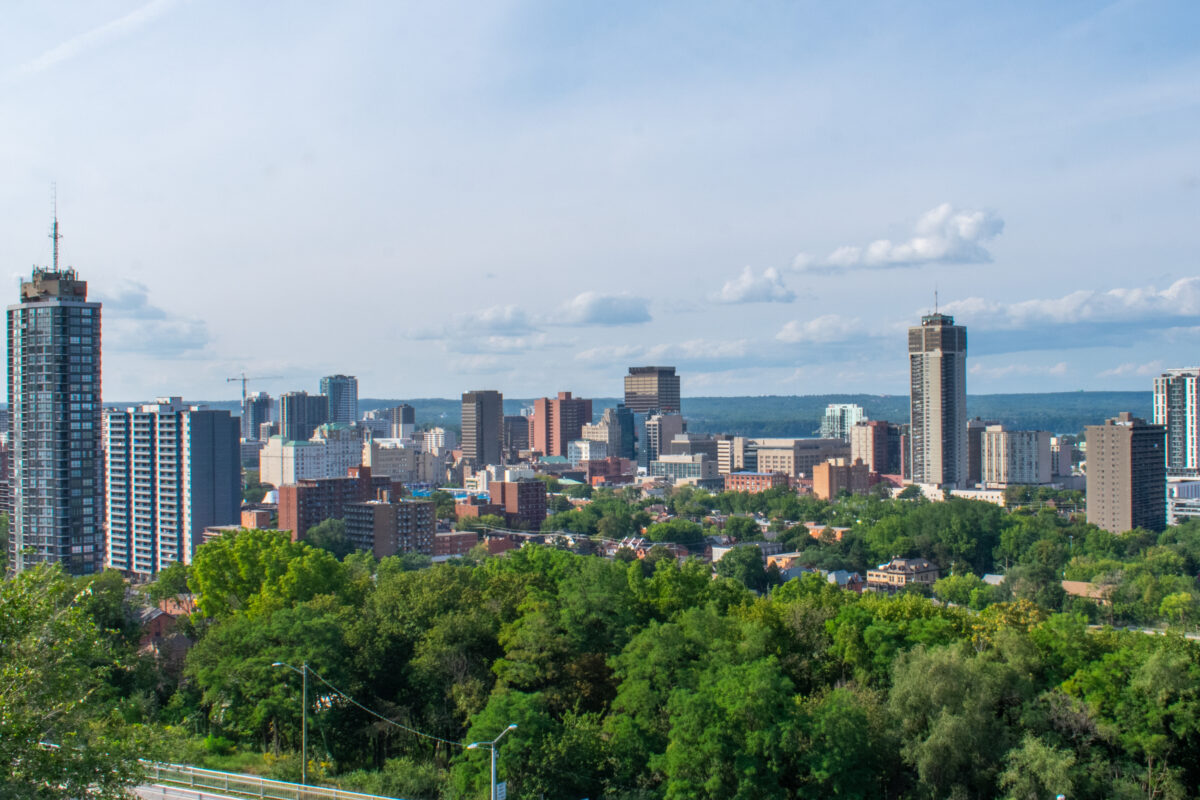Mark May 17th in your calendar for the final vote at Hamilton’s Planning Committee on the urban boundary.
The final version of Hamilton’s Municipal Comprehensive Review (MCR), more popularly known as the urban boundary freeze, will be presented to councillors on this date.
Ontario Minister of Municipal Affairs and Housing Steve Clark stated two weeks ago he will not accept the City’s urban boundary freeze, which he calls “anti-housing.”
Ontario’s Progressive Conservative government is requiring municipalities to plan for population growth until 2051 using a market-based approach.
The market-based approach requires municipalities to provide a supply of land for developers to build ground-oriented housing. Ground-oriented housing includes townhomes and stacked townhouses.
Using the market approach to evaluate Hamilton’s housing needs until 2051, the City’s planning staff concluded Hamilton must expand the urban boundary by 1,340 hectares to provide land for developers to build more ground-oriented housing.
In early 2021 Hamilton City Council conducted a city-wide mail and email survey to gauge the opinion of Hamiltonians. Over 90 percent of survey participants stated they opposed any urban boundary expansion.
In November 2021, Council voted to freeze the urban boundary. The decision requires planning staff to overhaul all of the City’s official plans and zoning bylaws to enable intensification within the urban boundary. Hamilton’s Land Needs Assessment states the City needs to build homes for population expected to grow by 238,000 people to 820,000 in 2051.
In January 2022, the City’s planning staff presented Council with a draft overhaul of Hamilton’s official plans. Notable among the changes is permitting multiplexes as-of-right in all residential zones, provided the multiplex meets design and dimension requirements.
This morning, Director of Planning and Chief Planner Steve Robichaud stated the final updates to the MCR are nearly complete.
Robichaud says staff are considering removing density caps and minimums from Hamilton’s official plans.
He says new developments are above the City’s zoning density limits, nearly “all the time.” The density caps are triggering requirements for lengthy and costly rezoning applications.
“The intent is to remove [density caps] from the official plan to help facilitate intensification and re-urbanization in the city,” he says.
The Province’s proposed Bill 109 changes to the Planning Act will require municipalities to refund development applications fees when decisions are not made within legislated timeframes. Streamlining the City’s official plans and zoning bylaws will decrease the complexity of reviewing applications and assist Hamilton’s planning staff to meet deadlines.
The official notice for the May 17 meetings will be published in the coming week.
Registration for delegations is now open.
Delegations will have the option of speaking in person or electronically.
The meeting will begin at 9:30 am on May 17. Members of the public can attend City Hall to watch in person or watch online via the live stream.
The final version of the MCR will be sent to Ontario’s Ministry of Municipal Affairs and Housing for review following ratification during the May 25 City Council meeting.
Production Details v. 1.0.0 First published: April 11, 2022 Last edited: April 11, 2022 Author: Joey Coleman Edit Record v. 1.0.0 original version

